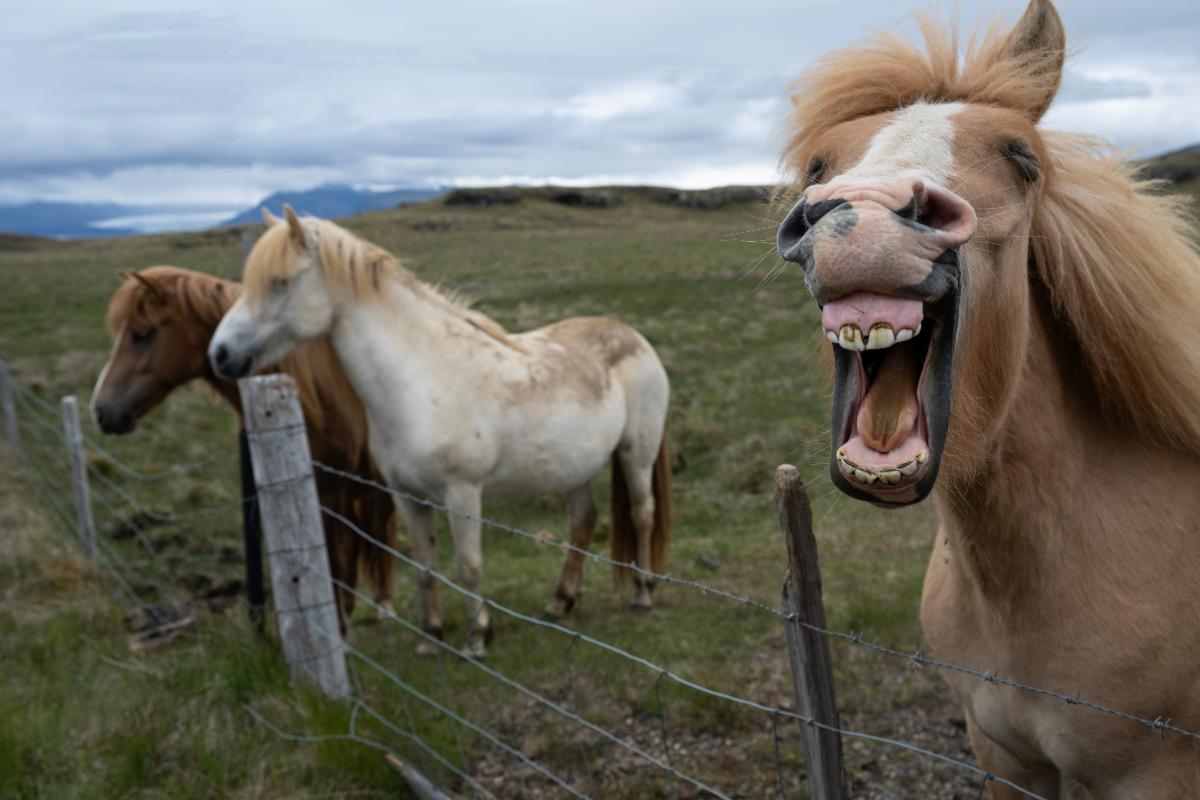Pointers by Paul's Photo
Digital Infrared Photography

Infrared photography is an amazing way to achieve a new look and new focus to your images. Mirrorless cameras have made Infrared photography as simple as color photos. Gone are the days of darkroom, filters and IR focus issues. Why InfraRed? To create stunning images in black and white or partial color that are unique and beautiful of people, animals, travel and landscapes.
Which InfraRed? I LOVE the 720nm “true IR look. Others will opt for hyper-color, super-blue or full-spectrum. That is up to you.

Many photographers in the past experimented with IR Photography.
For film photographers this means Kodak HIE film, loading the camera in total darkness and shooting at high noon.
The images produced are quite stunning. Glowing portraits, light foliage with near black skies and a very surreal look to everything.

The digital photographer has a distinct advantage. Most digital still cameras will produce fantastic infrared images.
To start shooting digital IR, you attach an infrared cutoff filter (Hoya #RM72) to your lens. These filters are nearly opaque to the eye but allow only 720nm and higher wavelengths to pass. The digital viewfinder on your camera may show a dark red image or may not function at all. If you can’t see through the finder you must compose and focus with no filter in place, lock the focus and install the filter.



The best Infrared option is to convert a color camera to IR by removing the lo-pass filer and adding an IR cutoff filter over the sensor. Now the camera will function in Auto mode, Auto focus and be quite simple to operate. Mirrorless cameras allow you to “see” the IR image through the viewfinder. This is a giant advantage. Now we are able to make these awesome photos simply! We can work the light and the subject to our creative advantage.

The best IR pictures are with bright sunshine illumination the subject. Fog, clouds, overcast and artificial light can make fantastic IR photos or it could be a disaster. Experiment. Try new things. Have fun! Exposure is determined by experimentation to find the look and feel you desire. Most cameras will produce and image that is very dark red...that's OK. Once the images are captured we will correct them in the computer!


Open the images in Photoshop or Lightroom and you have many processing options. Create a black and white as you normally do B&W. Use the color-channels, white balance and saturation tools to change if your desire is a color photo. I hope you are inspired to try some Infrared on your next landscape or portrait shots!


Latest Posts
Blog series





















%20(1).png)
%20(1).png)
.png)